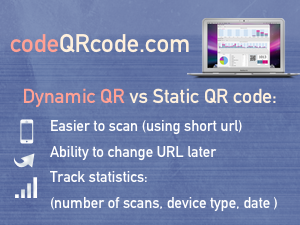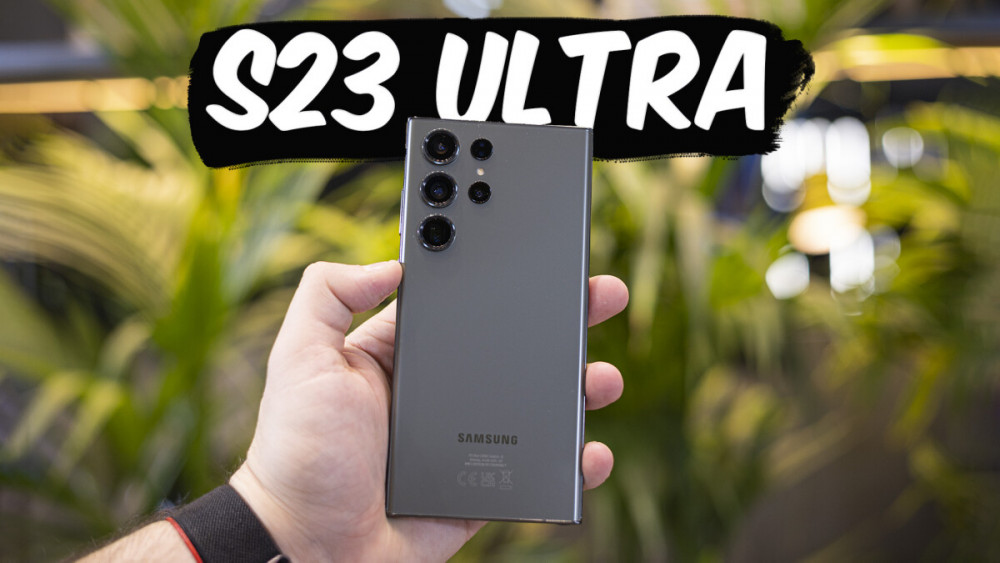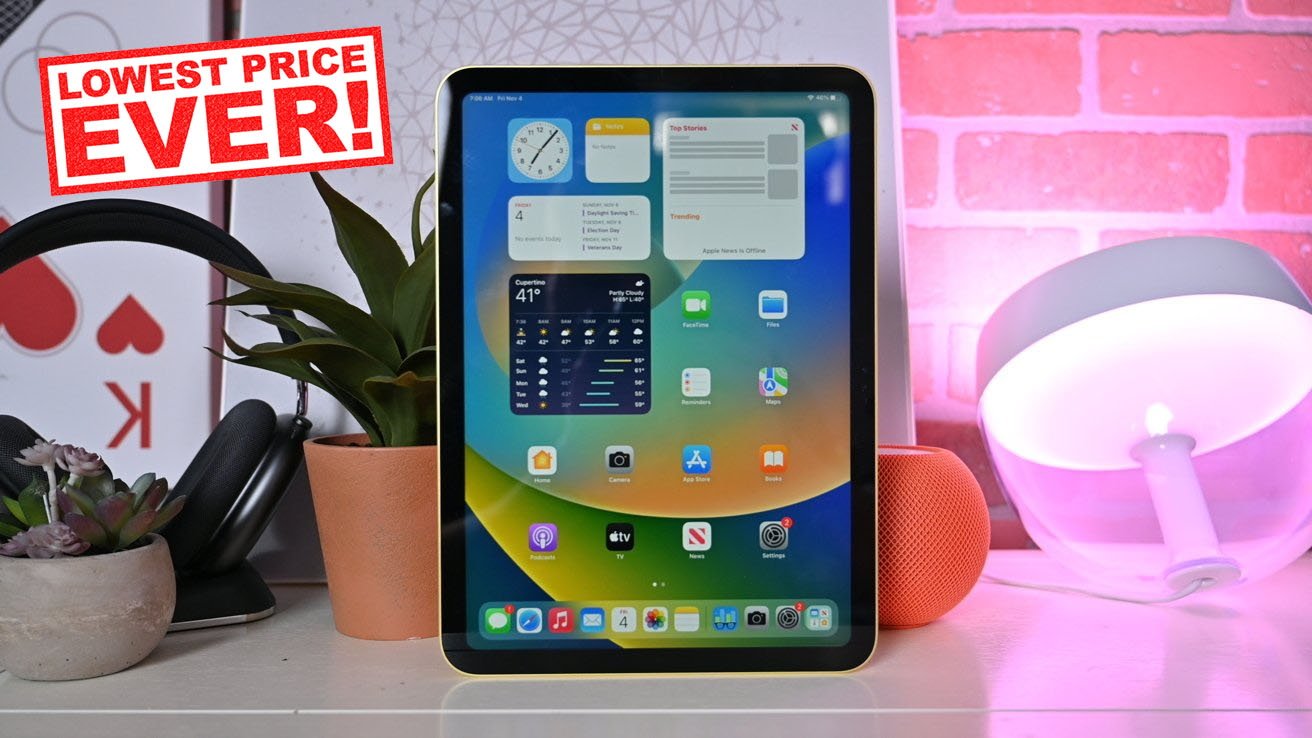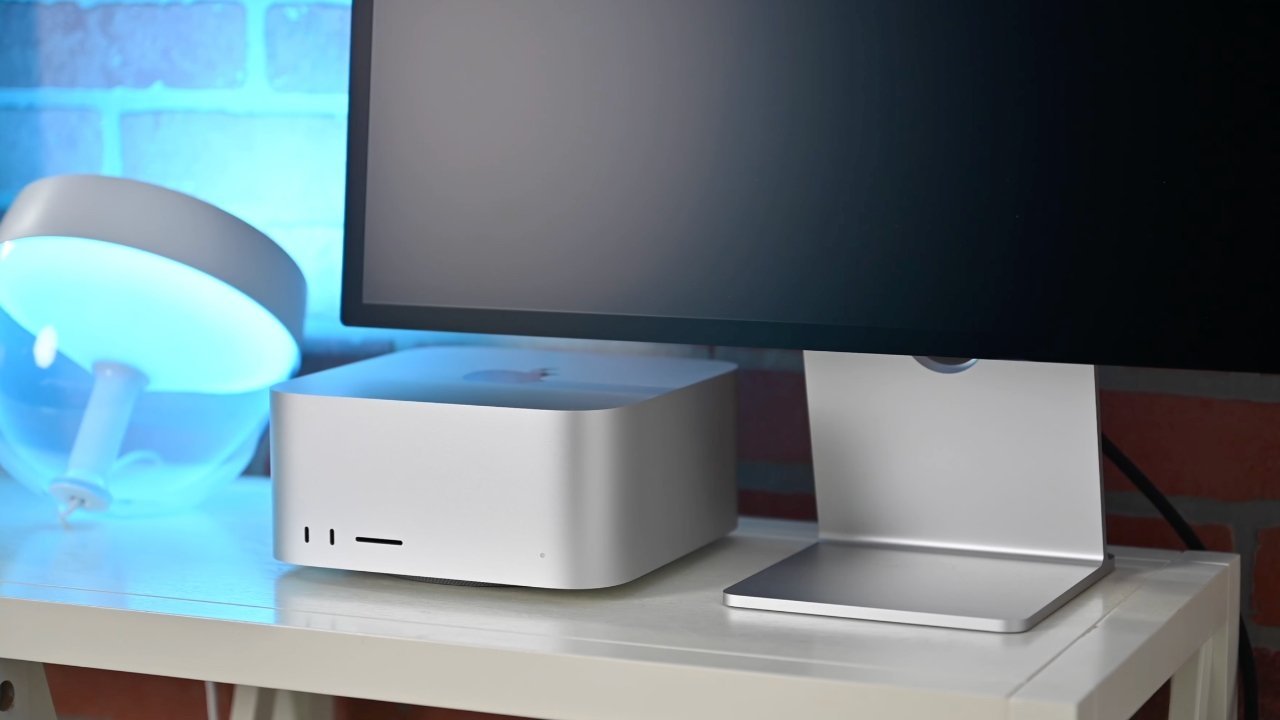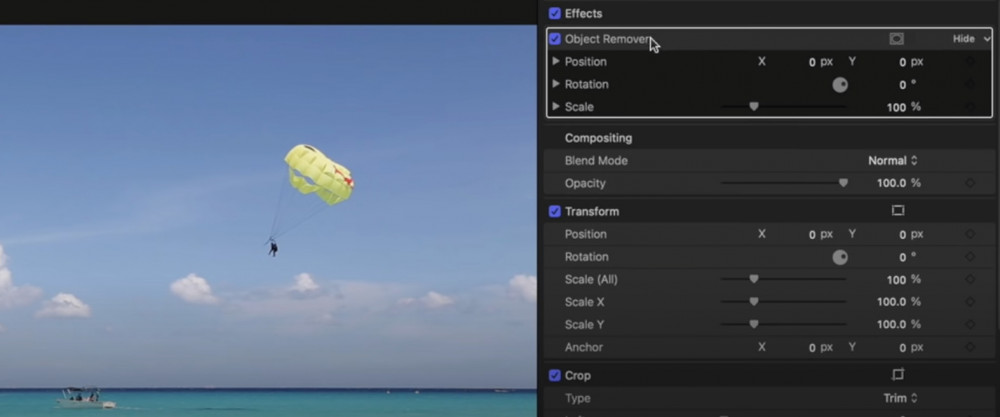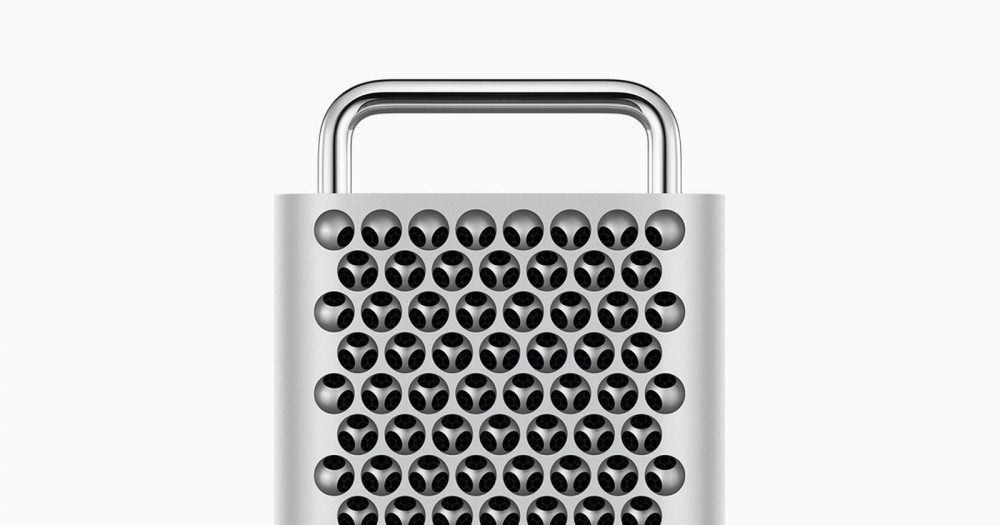Android P Beta 3 shows the future of phone photography
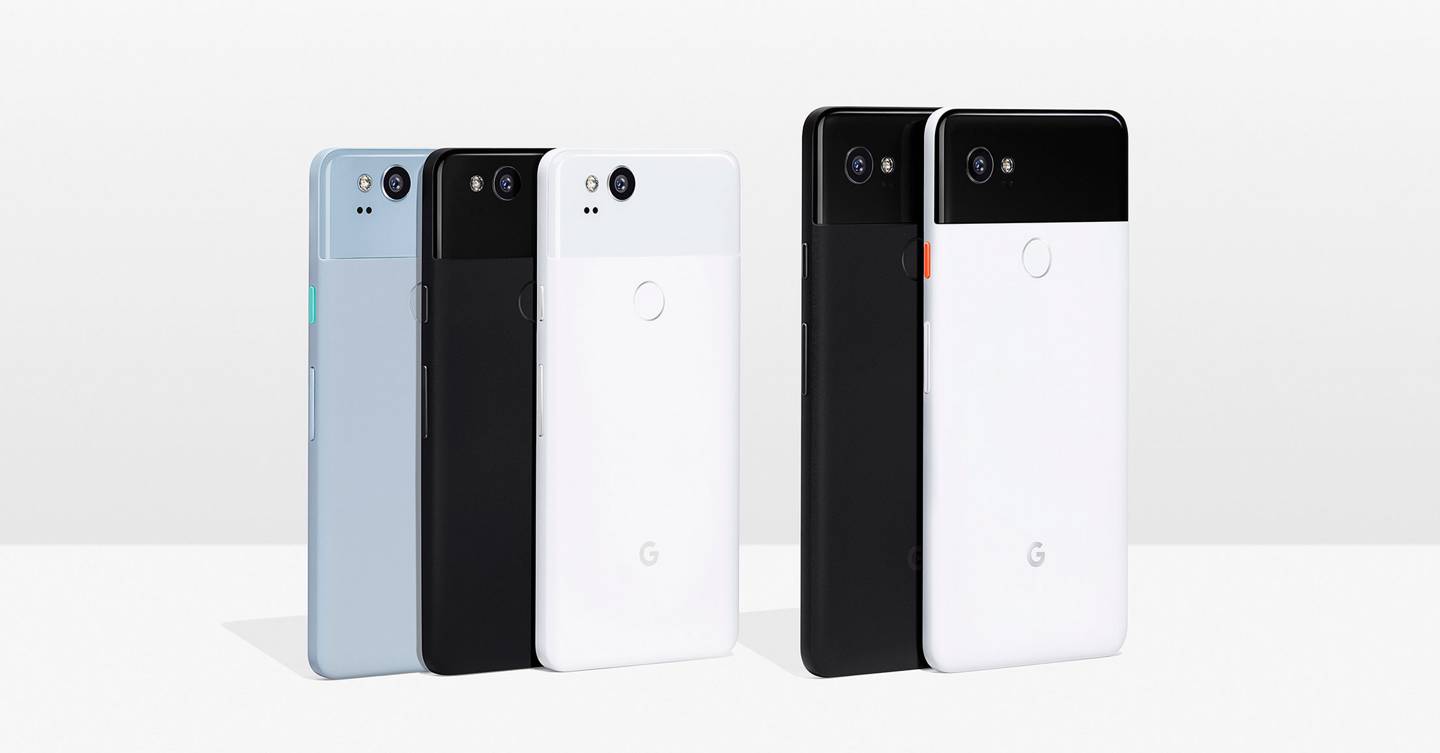
By the major players in the field, Cameras are perhaps the only part of smartphones rather than working towards the hardware specs consensus set.
To ensure that Android keeps pace with iPhones, Google has put lot of work into improving software support for device cameras into Android P..
But low to mid-level manufacturers will no doubt be adding more cameras to their future handsets thanks to Google doing half the work of implementation for them.
New session parameters Android P will let much more of your phone's processing power be pushed towards loading up the app and firing the shutter, doing away with at least some of the lag that can plague lower-end handsets.
There's also API which lets the phone screen be used as flash, and support for USB and UVC connected camera devices if you do not want to use the inbuilt phone hardware..
There's also option to pin the orientation of your screen, rather than have it rotate when it thinks you are making deliberate motion to do so.
One new improvement that should have been on Android phones ago is its introduction of magnifier when selecting text.
iPhone users are no doubt sniggering at the thought that something that has been present on Apple's devices for nearly ten years is just coming to Google-powered products, except at least Android users will be able to catch up soon..
Apps running in the background are forbidden from accessing the camera or microphone by OS, along with other more minor sensors.
There's group of new permissions restricting access for data like phone numbers and call logs that you will have to contend with when setting up new apps and features too..
Read more
To ensure that Android keeps pace with iPhones, Google has put lot of work into improving software support for device cameras into Android P..
But low to mid-level manufacturers will no doubt be adding more cameras to their future handsets thanks to Google doing half the work of implementation for them.
New session parameters Android P will let much more of your phone's processing power be pushed towards loading up the app and firing the shutter, doing away with at least some of the lag that can plague lower-end handsets.
There's also API which lets the phone screen be used as flash, and support for USB and UVC connected camera devices if you do not want to use the inbuilt phone hardware..
There's also option to pin the orientation of your screen, rather than have it rotate when it thinks you are making deliberate motion to do so.
One new improvement that should have been on Android phones ago is its introduction of magnifier when selecting text.
iPhone users are no doubt sniggering at the thought that something that has been present on Apple's devices for nearly ten years is just coming to Google-powered products, except at least Android users will be able to catch up soon..
Apps running in the background are forbidden from accessing the camera or microphone by OS, along with other more minor sensors.
There's group of new permissions restricting access for data like phone numbers and call logs that you will have to contend with when setting up new apps and features too..
Read more
Report
Related items:

